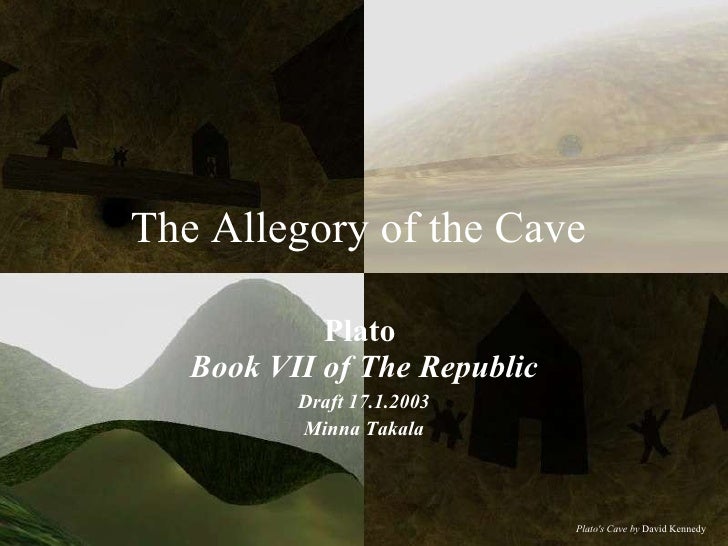

Mental activity at this level seems to be the thought processes of people who perceive tangible things, real objects, things of material substance. The next higher level of intellect is called belief, or common-sense belief.These people in the Cave perceive only images of images.) (This state of mind may be manifested in the unreleased people in the Allegory of the Cave, which Socrates discusses later in the dialogue. Thinking at this level seems to be the mental activity pursued by people whose state of mind might be called, in comparison to higher states of mind, unclear, or vague.
 The lowest level of intellect (cognition, thinking process) is called imagining. (See the illustration of the Levels of Intellect.) Socrates tells us now that there exist four levels of what we may call intellect (intellectual functioning, cognition) and four levels of objects that the intellect perceives. (We should also recall here that Socrates says that objects of belief are like reflections of objects of knowledge.) At this juncture of the dialogue, Socrates argues that there exist two degrees of knowledge and two of belief. Socrates is still making the distinction between knowledge and belief, the difference between the Forms and ordinary objects. But Socrates introduces a new illustration, The Analogy of the Divided Line.
The lowest level of intellect (cognition, thinking process) is called imagining. (See the illustration of the Levels of Intellect.) Socrates tells us now that there exist four levels of what we may call intellect (intellectual functioning, cognition) and four levels of objects that the intellect perceives. (We should also recall here that Socrates says that objects of belief are like reflections of objects of knowledge.) At this juncture of the dialogue, Socrates argues that there exist two degrees of knowledge and two of belief. Socrates is still making the distinction between knowledge and belief, the difference between the Forms and ordinary objects. But Socrates introduces a new illustration, The Analogy of the Divided Line. 
Socrates is still attempting to elucidate his point Glaucon asks that Socrates continue the analogy.







 0 kommentar(er)
0 kommentar(er)
